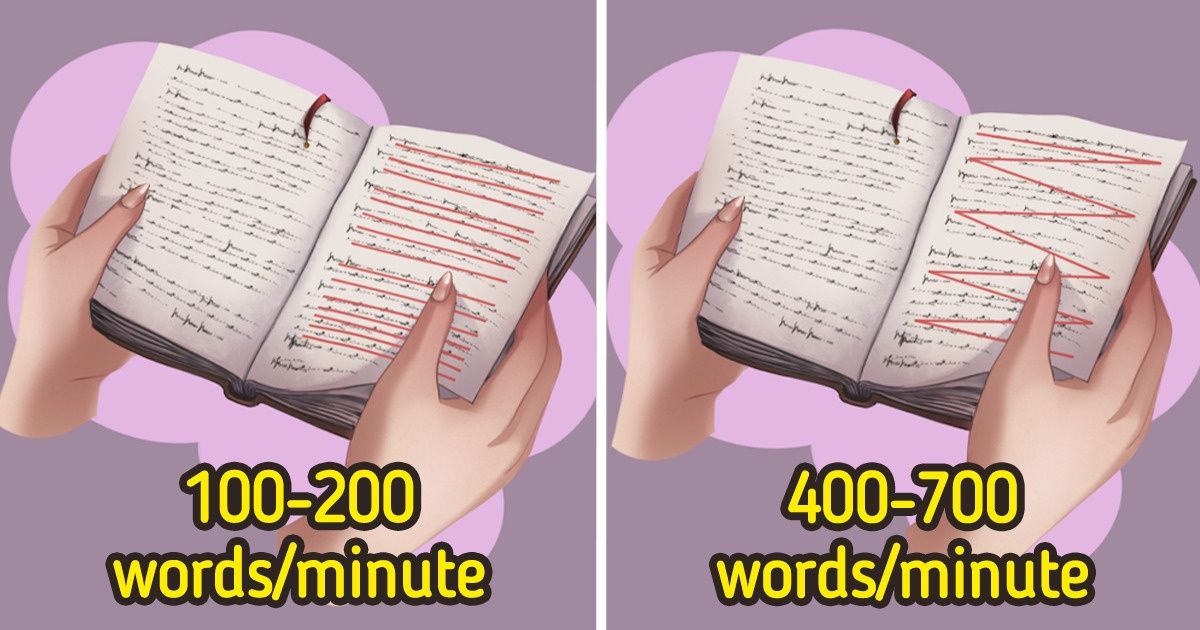
How to Read Fast

Speed reading might seem like a smart way to read all your books that are gathering dust on your bookshelf, but it has to be done in the right way. This is because the speed at which you read can affect how much you learn. Typically, you’ll learn better when reading 100 to 200 words per minute. However, 5-Minute Crafts has a few practical tips for you that might help you reach a reading speed of 400 to 700 words per minute without affecting comprehension.
1. Understand why and what you are reading.
Before you start ask yourself:
❓What is the goal of the text? Is it to explain something, inform, entertain, or convince?
❓Is it useful? Is it current, impartial, accurate, relevant, or maybe it’s not even worth reading?
❓Why are you reading it? What do you need the information for?
Answering these questions will help you select what you need to read and your reading strategy.
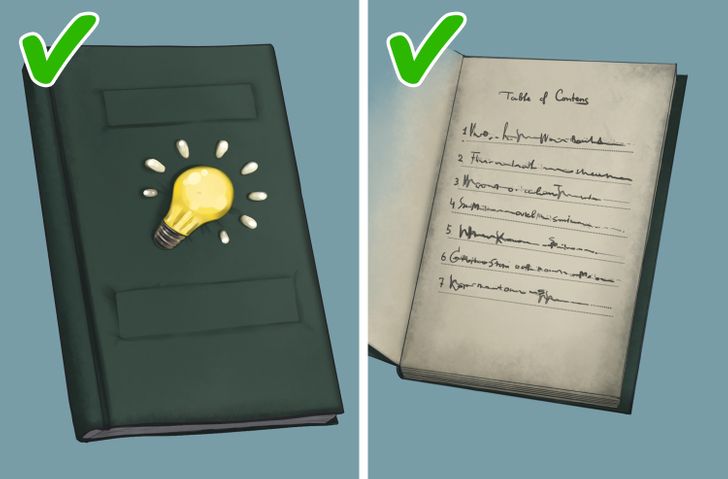
How to do it:
- Check out the title page, cover, introduction, and other general info so that you can get an overall direction of the content.
- Skim through the text. This will give you an understanding of the author’s tone.
- Read the table of contents so that you can see how the information is arranged. This will help you spot the most important parts that you need.
2. Use the pointer method.
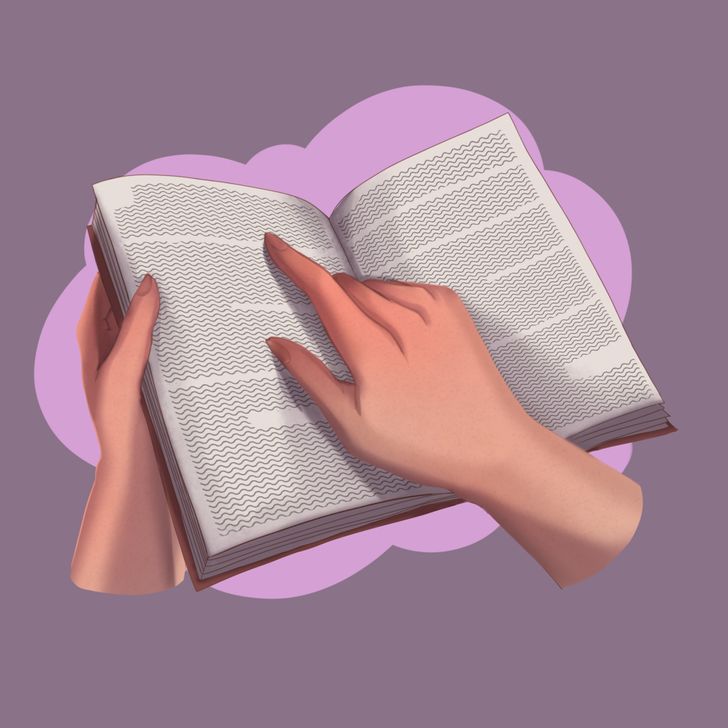
Hand pacing is a practical and simple reading technique that will allow you to read faster while still learning steadily. This is the same thing as the pointer method which most of us used in school but as we grew up we stopped using it.
How to do it:
- Use your finger to point at the sentence you’re reading. This increases your reading speed by sharpening your focus.
3. Don’t vocalize what you read.
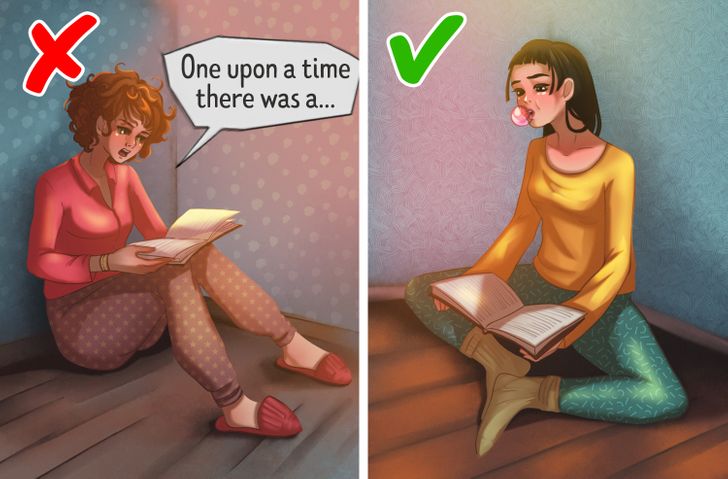
Vocalization describes people who hear the words that they are reading. Unfortunately, this method considerably reduces your reading speed.
So, make your goal to vocalize the text as little as possible because not only does it slow down your reading but it also:
❗️Affects the learning of new information.
❗️Makes it difficult to understand new words and phrases through context.
❗️Causes regression, which occurs when you are not sure what you have read and you take your eyes back to the beginning of a sentence that you have already read.
How to do it:
- Some people say that chewing a piece of gum while reading could minimize vocalization.
4. Learn to see a group of words.
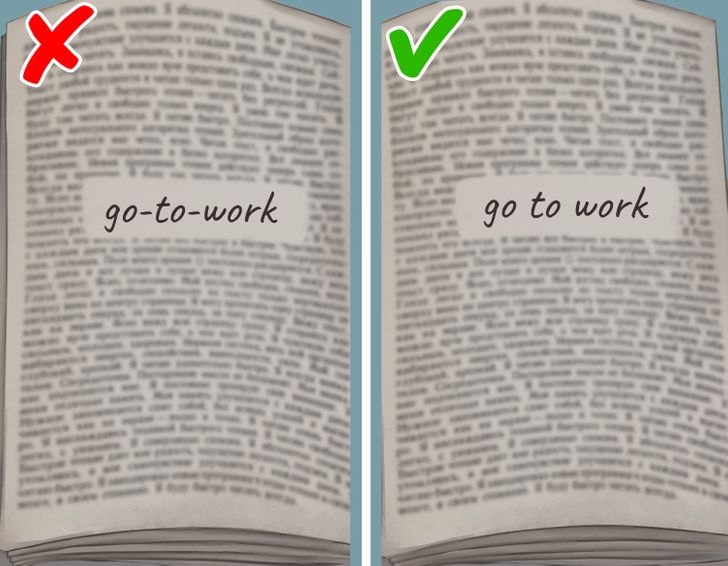
Reading one word at a time reduces the speed, so focusing on groups of words is the key skill to pick up your speed. However, it might seem like the most complicated technique to learn.
How to do it:
- The goal here is to minimize the number of “stops” the eyes make when you read. Once you start focusing on a group of words your reading rate will improve significantly.
For example:
❌ Reading word by word: “go-to-work”
✅ Reading a phrase: “go to work”
5. Improve your reading comprehension.
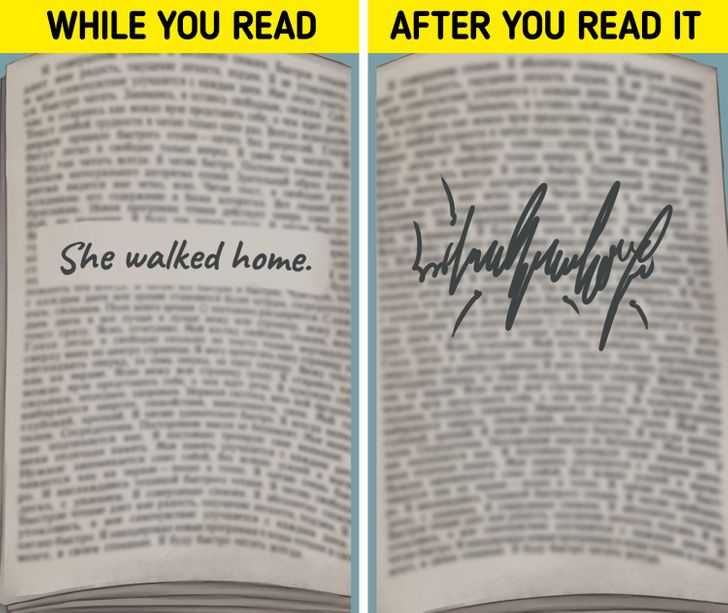
Reading comprehension is the ability to read the text, process it, and then understand it. However, to truly understand what we are reading we need to have some basic knowledge or our brain will have a hard time acquiring new knowledge. In other words, the new information must be relatable to the previous knowledge we’ve acquired.
This is important because there is no point in rushing to turn more pages if you can’t understand the meaning of what you are reading or if you can’t connect the new info with something in your existing memory.
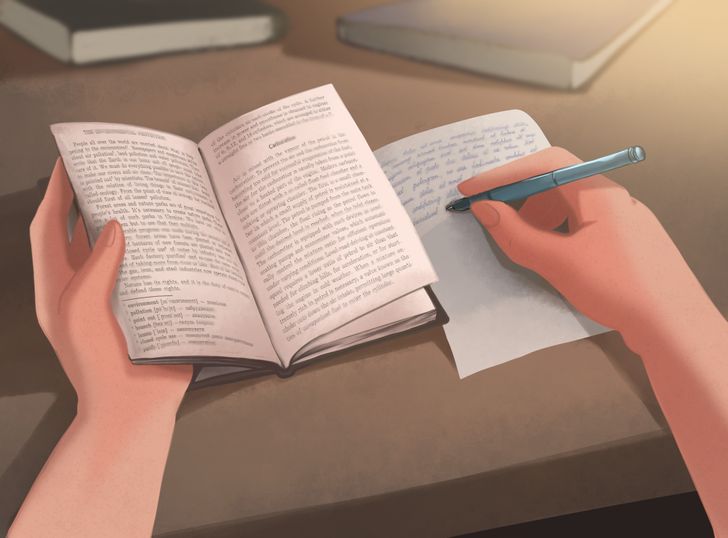
- Take notes. When we take notes we are, in a way, forcing ourselves to interpret what we are reading. If you can’t summarize text using short notes that means you haven’t understood the text well. Summarize only when you’ve finished reading a section that goes on about a specific concept.
- Preview the text first. Since comprehension depends greatly on the ability to understand the meaning of the phrases and words within the context, it will be easier if you skim through the text before you actually start reading. In this way, you will understand the author’s main idea quicker.
- Ask yourself a few questions. After you have finished previewing ask yourself the questions you had about the topic in the first place. If you have the answers it means you will be able to organize what you have learned now to your existing memory.
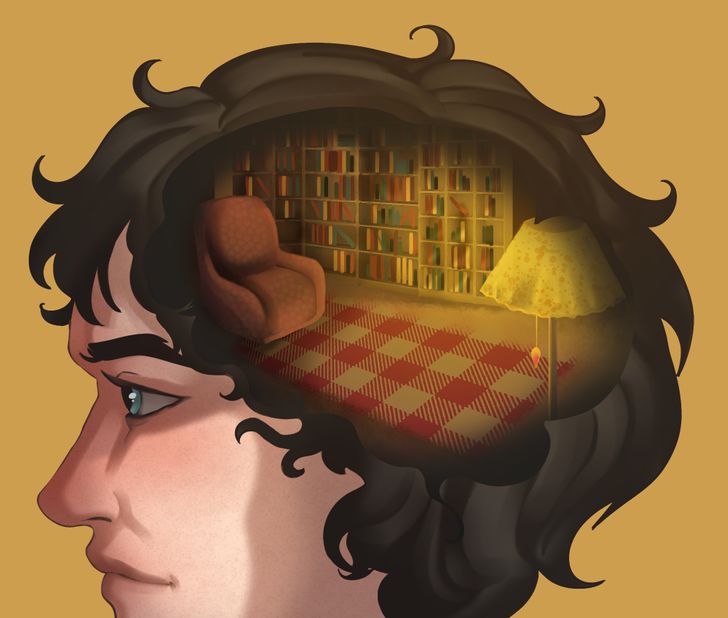
- Visualize and memorize. Our comprehension depends on the way we can visualize and then memorize certain facts. To become better at this it’s great to build brain maps and also a memory palace to which you can turn to when you start getting new information. This will help in recalling information faster and also in a more reliable way.
- Work on your vocabulary. In order to understand what you are reading, you need to know what a specific word means and how it can be used in a different context.
- Keep in mind the chapter’s or author’s subject matter. This will make it easier to understand the meaning of a word or a phrase. For example, if you’re reading a book about machines, the word “elegant” will most likely refer to the programming technique used and not to a smartly dressed person.